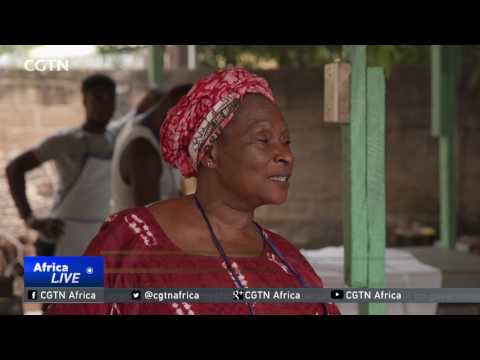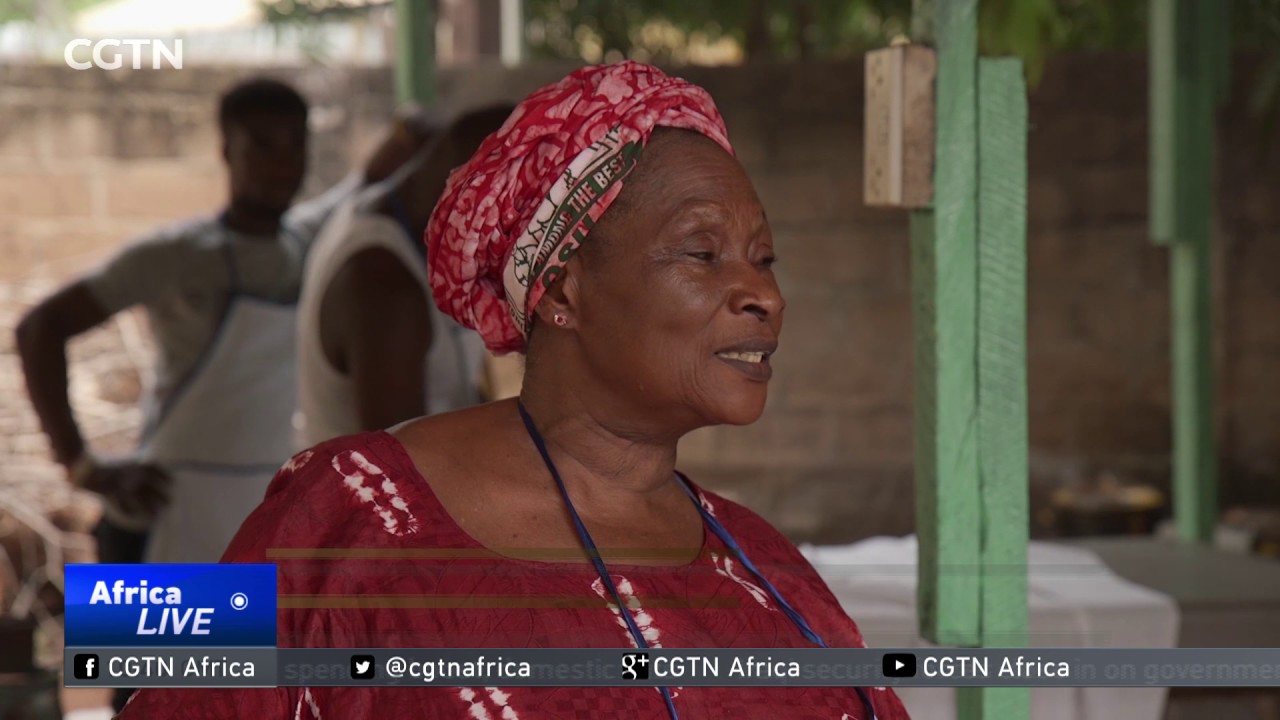Discover the mesmerizing world of African batik fabric, where art and tradition intertwine to create stunning textiles. With its rich history and vibrant designs, African batik fabric is a true feast for the senses. Each piece is meticulously handcrafted using a wax-resist dyeing technique, resulting in unique and intricate patterns that are both visually captivating and culturally significant. The versatility of African batik fabric knows no bounds, as it can be transformed into exquisite clothing, home decor, and accessories. Whether you're drawn to the bold geometric motifs or the intricate animal and nature-inspired designs, African batik fabric is sure to add a touch of elegance and exoticism to any setting. Moreover, supporting the artisans who create these incredible textiles not only ensures the preservation of a centuries-old craft but also empowers local communities. Immerse yourself in the beauty of African batik fabric and experience the magic of African craftsmanship firsthand.

African Batik Fabric: A Vibrant Textile Tradition
African batik fabric is a unique and vibrant textile tradition that has captivated people around the world. With its intricate patterns, bold colors, and rich cultural symbolism, batik fabric has become an iconic symbol of African artistry and craftsmanship. In this article, we will explore the history, production process, significance, and contemporary uses of African batik fabric.
The Origins of African Batik Fabric
Batik is an ancient Indonesian technique of wax-resist dyeing that dates back more than 2,000 years. However, it was introduced to Africa through trade routes and colonization in the 19th century. African artisans embraced this art form and adapted it to reflect their own unique cultural identities and traditions.
African batik fabric is predominantly produced in countries such as Nigeria, Ghana, Senegal, and Ivory Coast. Each region has its own distinct style and motifs, often inspired by nature, folklore, or historical events. These patterns are not only visually appealing but also carry deep cultural and symbolic meanings.
The Production Process of African Batik Fabric
The production process of African batik fabric is labor-intensive and requires great skill and precision. It involves a combination of wax application, dyeing, and fabric manipulation techniques. Here is a step-by-step breakdown of the process:
1. Designing: The first step in creating African batik fabric is to design the pattern. This can be done by hand-drawing or using stencils. The design is then transferred onto the fabric.
2. Wax Application: The next step is to apply hot wax onto the fabric using a tool called a tjanting or a brush. The wax is applied to areas that should remain the original color of the fabric.
3. Dyeing: The fabric is then immersed in a dye bath, and the dye penetrates the areas of the fabric that are not covered in wax. This process can be repeated multiple times to achieve different colors and shades.
4. Wax Removal: Once the fabric is dry, the wax is removed by boiling or scraping it off. This reveals the intricate patterns and colors created by the dyeing process.
5. Finishing: Finally, the fabric is washed and dried to remove any remaining wax or excess dye. It is then ready to be used in various forms, such as clothing, home decor, or accessories.
The Significance of African Batik Fabric
African batik fabric holds great cultural significance in many African communities. The patterns and motifs often carry messages, stories, and traditions that are passed down through generations. It serves as a means of communication and expression, allowing individuals to showcase their cultural heritage and identity.
Additionally, African batik fabric is closely associated with celebrations and ceremonies. It is commonly worn during weddings, festivals, and other important occasions as a way to honor tradition and display a sense of pride.
Contemporary Uses and Global Influence
African batik fabric has gained global recognition and is widely used in the fashion and design industry. It has inspired countless fashion designers, artists, and interior decorators around the world. Its bold patterns and vibrant colors infuse energy and uniqueness into various products.
In recent years, African batik fabric has also seen a resurgence in popularity as people embrace sustainable and ethically produced textiles. The handmade nature of batik fabric aligns with the growing demand for artisanal and eco-friendly products.
From clothing and accessories to home decor and art, African batik fabric continues to be celebrated for its beauty, craftsmanship, and cultural significance. It serves as a bridge between the past and the present, connecting people across different continents through a shared appreciation for this remarkable textile tradition.
In Conclusion
African batik fabric is a testament to the creativity, skill, and cultural richness of African artisans. Its intricate patterns, vibrant colors, and deep cultural meanings make it a truly captivating textile tradition. As we continue to appreciate and support African batik fabric, we contribute to the preservation and continuation of this remarkable art form for future generations to cherish.
“From Africa with Love: Unveiling Ghana's Vibrant Batik Fabrics”
African Batik Fabric
African Batik Fabric
| Country | Designs | Colors | Meaning |
|---|---|---|---|
| Nigeria | Geometric patterns, animal motifs | Vibrant colors like red, yellow, and green | Geometric patterns symbolize unity, while animal motifs represent cultural beliefs and spirits. |
| Ghana | Adinkra symbols | Earth tones, black, and white | Adinkra symbols convey traditional wisdom and values, each carrying a unique meaning. |
| Senegal | Tie-dye patterns | Blue, indigo, and white | Tie-dye patterns are associated with spirituality and used in various ceremonies and rituals. |
| Mali | Bogolanfini (mud cloth) | Elegant earth tones, predominantly brown | Bogolanfini represents cultural identity and is traditionally made by Malian women using natural dyes and mud-based pigments. |
In the diverse world of African batik fabric, each country has its own unique style and significance. Nigerian batik showcases a rich blend of geometric patterns and animal motifs, often adorned with vibrant colors such as red, yellow, and green. These geometric patterns symbolize unity, while the animal motifs represent cultural beliefs and spirits.
Ghanaian batik, on the other hand, is renowned for its use of Adinkra symbols. These symbols, intricately woven into the fabric, carry traditional wisdom and values. Earth tones, black, and white dominate the color palette, lending a sense of timelessness and cultural depth to Ghanaian batik.
In Senegal, batik artisans excel in creating mesmerizing tie-dye patterns. Their mastery of this technique is reflected in the elegant combinations of blue, indigo, and white hues. Tie-dye patterns hold spiritual significance in Senegalese culture and are often used during ceremonies and rituals.
Mali's batik tradition is epitomized by the famous Bogolanfini, or mud cloth. Predominantly adorned with elegant earth tones, especially shades of brown, this fabric represents cultural identity and heritage. Made by Malian women using natural dyes and mud-based pigments, Bogolanfini is a testament to the skilled craftsmanship and artistic expressions of the region.
Each African batik fabric tells a story, conveying the rich cultural heritage and artistic prowess of its respective country. Whether it be Nigeria, Ghana, Senegal, or Mali, the world of African batik fabric is an enchanting tapestry of colors, symbols, and meanings.

